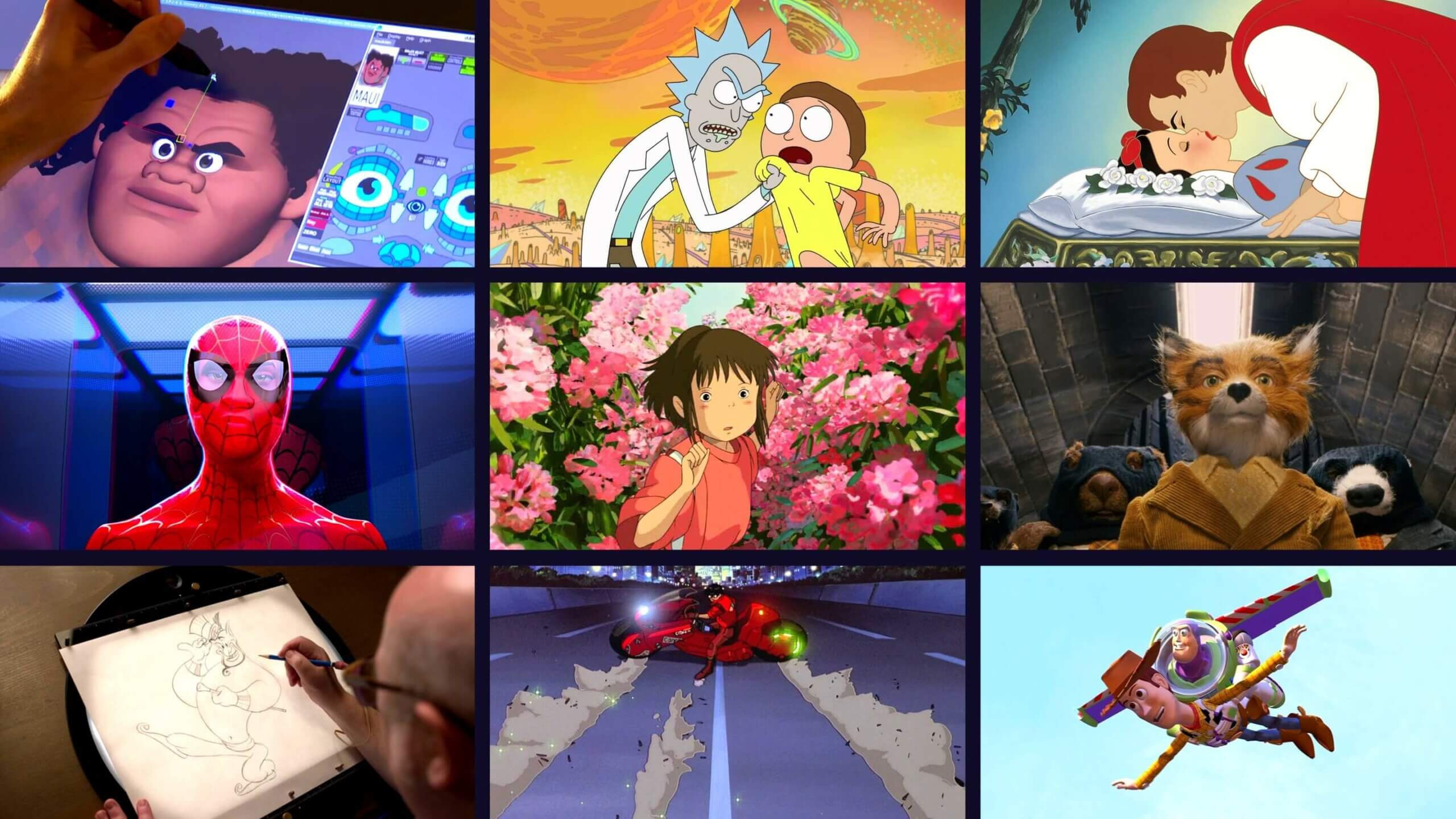
Animation
can be used for several different purposes such as movies, advertisements,
video games, corporate presentations, medical concept demonstrations and much
more. Not all of these require the same animation quality level. To illustrate
a concept, simple and linear animation is often more than sufficient to convey
the message. For a feature length animation movie, the animation needs to be
convincing and carry some weight and elasticity.
You
will notice when you watch different movies that the animation style will
differ quite a bit from film to film. Some have a very fluid and smooth flow in
their animation while others have a very bouncy, cartoony feel. People without
animation experience may watch a movie and find the animation very bad,
unconvincing or too slow. They might not know why exactly, but they know that
something isn't right. Most of the time, it happens because the animators
missed a few of the fundamental animation principles.
Therefore,
by continuing this module, you will now learn the concept of animation and its 12
main principles that create the backbone of a good animation.
What
is Animation?
Animation is a method of photographing
successive drawings, models, or even puppets, to create an illusion of movement
in a sequence. Because our eyes can only retain an image for approx. 1/10 of a
second, when multiple images appear in fast succession, the brain blends them
into a single moving image. In traditional animation, pictures are drawn or
painted on transparent celluloid sheets to be photographed. Early cartoons are
examples of this, but today, most animated movies are made with
computer-generated imagery or CGI.
To create the appearance of smooth motion from these drawn, painted, or computer-generated images, frame rate, or the number of consecutive images that are displayed each second, is considered. Moving characters are usually shot “on twos” which just means one image is shown for two frames, totaling in at 12 drawings per second. 12 frames per second allows for motion but may look choppy. In the film, a frame rate of 24 frames per second is often used for smooth motion.




0 Comments